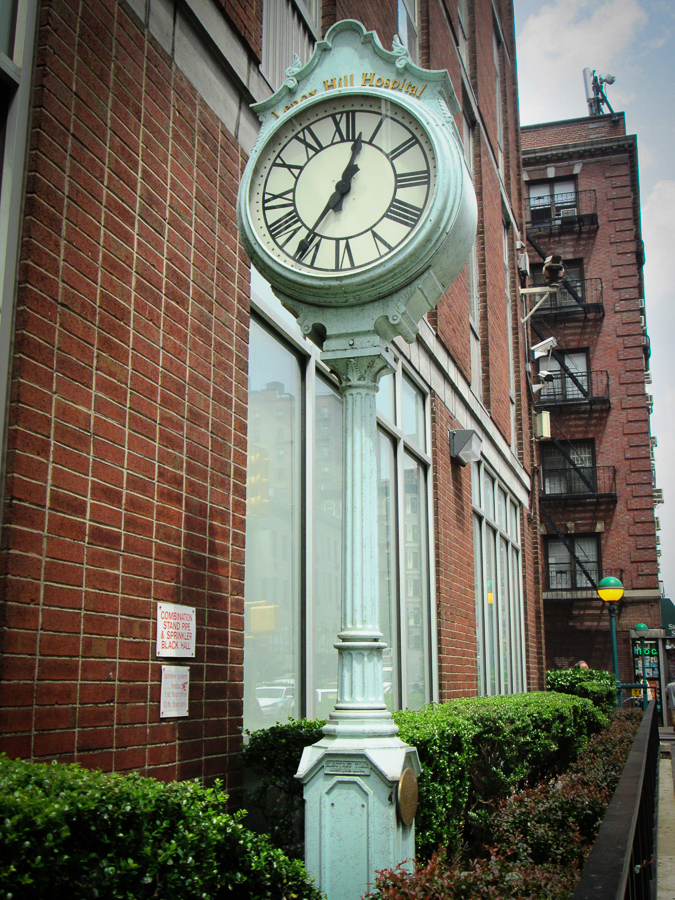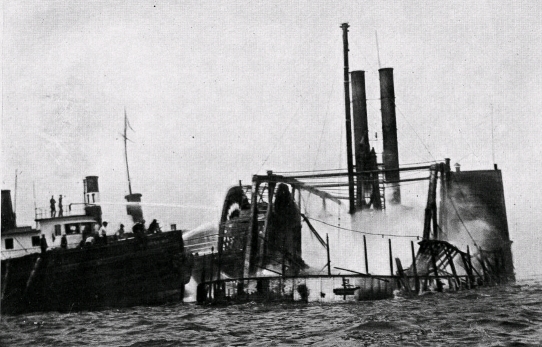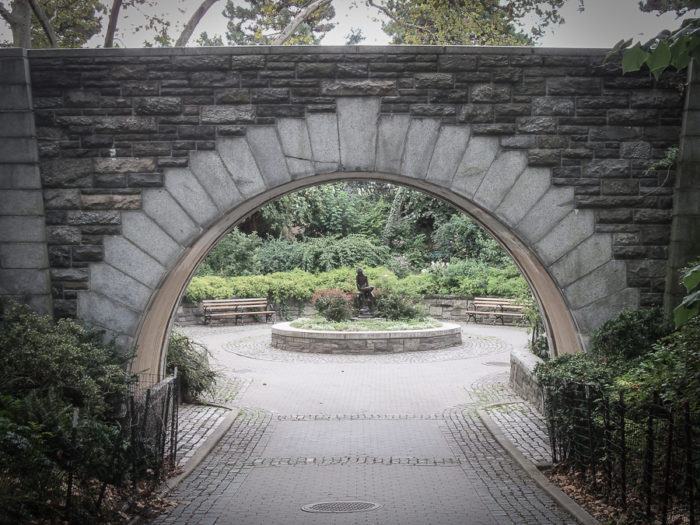Stretching from 59th to 96th Streets, the East River to Fifth Avenue, the Upper East Side is large enough to encompass three smaller neighborhoods: Lenox Hill, Yorkville, and Carnegie Hill. Though today they blend seamlessly into the UES as a whole, more than a century ago each had a distinctive ambiance.
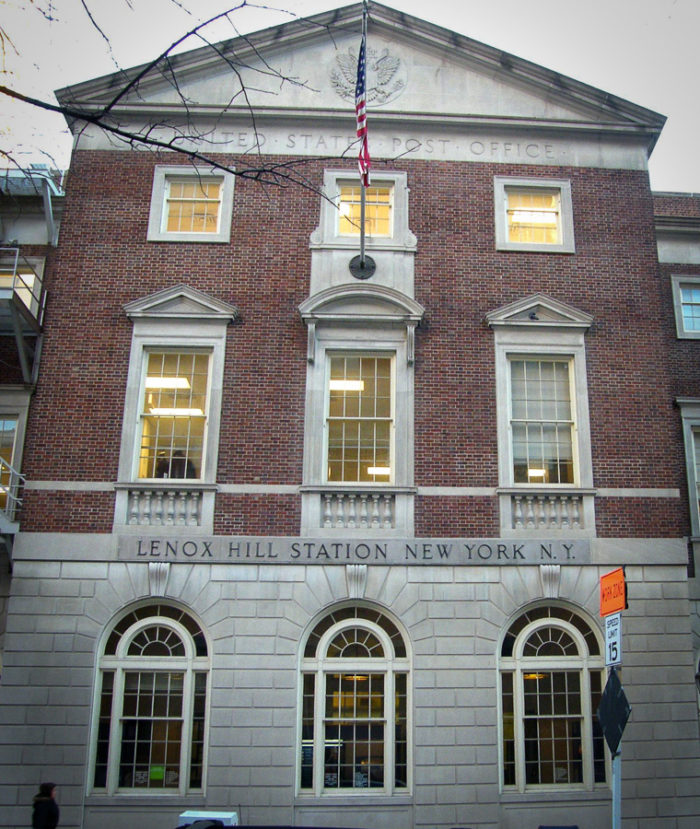
The Lenox Hill post office on East 70th Street is on the National Register of Historic Places. Image: Americasroof/Wikimedia
The southernmost of the three areas, Lenox Hill runs from 60th to 77th Streets, Lexington to Fifth Avenues. At one time there really had been a hill, around where the intersection of 70th Street and Park Avenue is today. There also was a Lenox: Robert Lenox, who in 1818 bought the first of three parcels of land totaling roughly 30 acres. That first tract of land was a mortgaged property of Archibald Gracie; another of Gracie’s properties, at 88th Street and East End Avenue, is known as Gracie Mansion and serves as the official residence of the mayor of New York.
Lenox retained the property as a farm, but his son, James, who was something of a recluse, divided much of the land into parcels that he sold throughout the 1860s and ‘70s. He no doubt poured at least part of the proceeds into his extensive collection of books, which included the first Gutenberg Bible to arrive in the Americas. His collection ultimately became the foundation of the New York Public Library in 1895. James Lenox also donated some of the land to the Union Theological Seminary and to Presbyterian Hospital, which in 1998 merged with New York Hospital to become New York-Presbyterian. Another hospital in the neighborhood, the German Hospital, changed its name to Lenox Hill in 1918 in response to World War I’s anti-German sentiment.
A sidewalk clock outside Lenox Hill Hospital. Image: Beyond My Ken/Wikimedia
Germans made up much of the population of another UES neighborhood, Yorkville, during the second half of the 19th and the beginning of the 20th centuries. This swatch of land, from 79th to 96th Streets and Third Avenue to the East River, became home to many of the German and Irish workers who built the Croton Aqueduct in the 1830s and ‘40s. Successive waves of German immigrants settled here, as well as a smattering of Slavs, Czechs, Hungarians, and Poles. After the “General Slocum” steamboat caught fire in the East River alongside Yorkville in 1904, even more residents of German descent moved to the neighborhood. The boat had been carrying members of a Lutheran church, most of whom were German, to a picnic; more than 1,000 people died, but a number of the survivors and relatives of the victims moved to Yorkville afterward.
The “General Slocum” disaster. Image: public domain/Wikimedia
Yorkville is no longer a German enclave; an area between 79th and 83rd Streets is sometimes called Little Hungary, and the Lycée Français is located on 75th Street between York and East End Avenues. Hints of its German heritage remain, however. These include Heidelberg, a restaurant on Second Avenue that has been serving German food and beer since the 1930s, and Schall & Weber, a German butcher shop founded around the same time. What’s more, the Yorkville park surrounding Gracie Mansion is named after Carl Schurz, a German-born general for the Union army during the Civil War who became Secretary of the Interior.
Carl Schurz Park. Image: Jon Platek/Wikimedia
Carnegie Hill was named for the Fifth Avenue mansion of magnate and philanthropist Andrew Carnegie. When he purchased the land at 91st Street in 1898, the area was hardly the fashionable neighborhood it would become; few of the elite ventured farther north than Lenox Hill, if that far. Once Carnegie and his family moved into the mansion in 1902, of course this stretch of the UES from 86th to 96th Streets, Third to Fifth Avenues, became quite an in-demand address. Felix M. Warburg, a banker and philanthropist (and the grandfather of Warburg Realty CEO Frederick Warburg Peters), had a six-story mansion built at 92nd Street and Fifth Avenue in 1908; not to be outdone, fellow financier and philanthropist Otto H. Kahn had an 80-room mansion built across the street from Carnegie in the late 1910s.
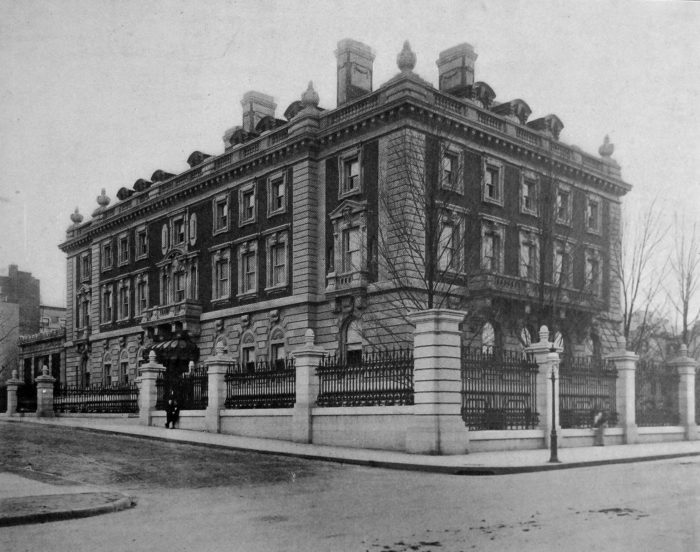
The Carnegie mansion, now the Cooper Hewitt, shortly after it was built. Image: Cooper Hewitt, Smithsonian Design Museum/public domain/Wikipeida
Today the Carnegie mansion is the Cooper Hewitt, Smithsonian Design Museum; the Warburg home is the Jewish Museum; and the Kahn mansion is the Convent of the Sacred Heart school. Other Carnegie Hill mansions have also been converted to schools, apartment buildings, and consulates. The neighborhood, however, still retains the air of refinement and the sense of being removed from the bustle and crowds of Midtown that was so appealing to Andrew Carnegie and remains appealing to residents today.



